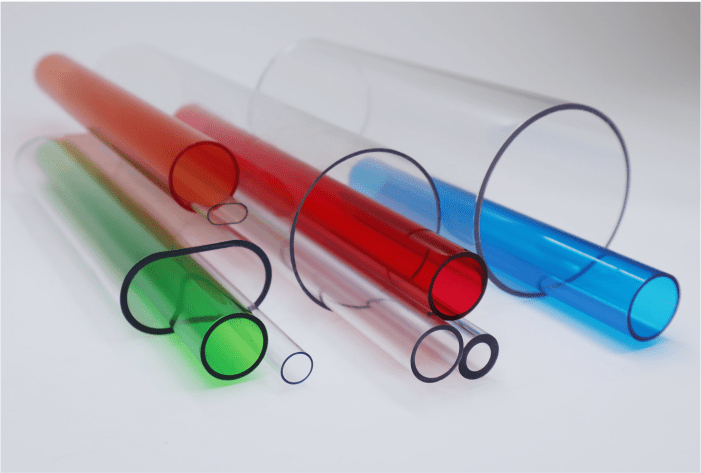In the US, we use more plastic than any other country in the world. In fact, we use about twice as much plastic per person as the average global citizen. And a lot of that plastic ends up in our oceans and landfills, where it can take centuries to break down.
When it comes to packaging, there is a lot of debate on what is the best option: paper or plastic. Both materials have their pros and cons, and it can be difficult to decide which is the better option for your business.
In this blog post, we will discuss the differences between paper packaging vs plastic packaging so that you can make an informed decision about which material is right for you.
Read on to learn about the possibilities of flexible packaging with different types of packaging materials.
Paper: How Is It Made & How Is It Used In Packaging?
Paper is a natural material that is made from trees. It is a renewable resource, which means it can be replenished relatively easily. Paper packaging is often used for food and beverage products, as well as for retail items.
One of the benefits of paper packaging is that it is biodegradable, meaning it will break down over time and will not pollute the environment. However, paper packaging is not always recyclable, depending on the type of paper and the printing process used.
Furthermore, paper packaging can be quite sturdy, depending on the thickness of the material. It is also often less expensive than plastic packaging.
Types of Paper Packaging
There are several types of paper packaging, including:
Cardboard boxes: Cardboard boxes are commonly used for shipping products. They are made from multiple layers of paper that are glued or taped together. Cardboard is recyclable and can be reused.
Paper bags: Paper bags are often used for retail items such as clothing, groceries, and other small items. They can be made from recycled paper or new paper. Paper bags are usually recyclable, but your local recycling facility may not accept some types.
Paper wrappers: Paper wrappers are often used to package food items such as candy bars and baked goods. They can be made from recycled paper or new paper. Most paper wrappers are recyclable.
Is Paper Packaging Expensive to Manufacture?
The cost of paper packaging varies depending on the type of paper used and the printing process. In general, paper packaging is less expensive to manufacture than plastic packaging.
Also, because the paper is a renewable resource, it often has a smaller environmental impact than plastic packaging. Most pieces can be molded and shaped into different packaging designs, making them versatile materials.
Plastic: How Is It Made & How Is It Used In Packaging?
Plastic is a synthetic material that is made from petroleum products. It is not a renewable resource, which means it cannot be replenished easily. Plastic packaging is often used for food and beverage products, as well as for retail items.
One of the benefits of plastic packaging is that it is waterproof and durable, meaning it will protect your products from moisture damage. However, plastic packaging is not biodegradable, meaning it will stay in the environment for a long time after it is discarded.
Additionally, plastic packaging is not always recyclable, depending on the type of plastic and the recycling process used. However, some types of plastic can be recycled into new packaging products.
Types of Plastic Used In Packaging
There are many different types of plastic used in packaging, each with its own benefits and drawbacks. The most common type of plastic used in packaging is polyethylene terephthalate (PET), which is a strong and lightweight material. PET is often used for food and beverage packaging, as well as for some retail products.
Another type of plastic often used in packaging is high-density polyethylene (HDPE), which is a durable material that is resistant to moisture and chemicals. HDPE is often used for food and beverage packaging, as well as for some retail products.
Is Plastic Packaging Expensive to Manufacture?
The cost of manufacturing plastic packaging varies, depending on the type of plastic used and the process involved. In general, plastic packaging is more expensive to manufacture than paper packaging.
Moreover, the cost of shipping plastic packaging is often higher than the cost of shipping paper packaging due to the weight of the material.
However, the overall cost of using plastic packaging may be lower than the cost of using paper packaging, depending on the specific application.
Considerations You Need to Make: Paper Packaging vs Plastic Packaging
When deciding whether paper or plastic packaging is better for your business, you will need to consider the type of product you are selling, your budget, and your company’s sustainability goals.
If you sell food or beverage products, you will need to consider whether paper or plastic packaging suits your products. If you sell retail items, you must decide if durability or sustainability is more important to your business.
If you are looking for a sustainable option, paper packaging is the better choice. However, if you are looking for a durable option, plastic packaging may be a better choice. Choosing between paper and plastic packaging depends on your specific needs and goals.
The cost of paper packaging vs plastic packaging also varies depending on the type of product you sell. If you are selling food or beverage products, paper packaging is often the more expensive option.
If you are selling retail items, plastic packaging may be the less expensive option. When making a decision, you will need to consider your budget and what type of product you are selling.
Supplier types must also be considered when deciding on packaging types. Some suppliers only offer paper packaging, while others only offer plastic packaging. You will need to determine if you can find a supplier that offers the type of packaging you need.
If your goal is to improve your product’s durability, plastic packaging may be a better choice. When making a decision, you will need to consider your company’s specific goals and objectives.
The Right Material for You
The debate between paper packaging vs plastic packaging has been going on for years, with no clear winner.
Both options have their pros and cons, and the decision of which to use ultimately comes down to your specific needs and goals. If you are looking for a sustainable option, paper packaging is the better choice.
However, if you are looking for a durable option, plastic packaging may be a better choice. Choosing between paper and plastic packaging depends on your specific needs and goals.
Get in touch with us to get started with the right packaging for you.




